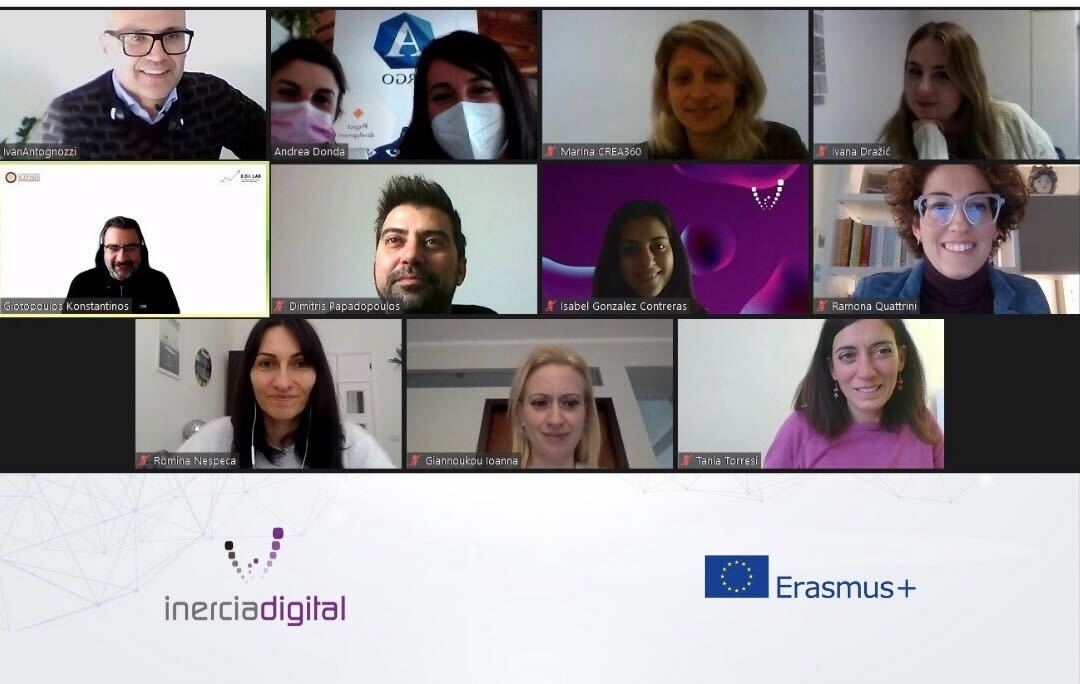European SMEs in the Digital Age
How are the European SMEs (small and medium enterprises) faring in the digital age? The latest statistics are giving us a few clues about the current situation, suggesting that there is still work to be done until the European economy can fully profit from the latest technological developments.
‘I believe that we must make much better use of the great opportunities offered by digital technologies, which know no borders’ was one of Jean Claude Junckers’ – current President of the European Commission – statements in his speech before the European Parliament in 2014, upon being named in the position. This was raising an issue that would come to be tackled in the Digital Single Market strategy of the current Commission, which seeks to ‘make the EU’s single market fit for the digital age – tearing down regulatory walls and moving from 28 national markets to a single one’. More exactly, it’s main pillars of action are improving access to digital goods and services, creating an environment where digital networks and services can prosper and defining digital as a driver for growth.
While progress is being slowly made (it can be checked in the Digital Single Market Roadmap), with countries approaching the main objectives at different speeds and from different starting points (individual fact sheets for each country’s progress are available), the need for developing EU’s digital economy is supported by a series of statistics, especially when it comes to the situation of SMEs.
SMEs comprise a striking 99% of the European Union’s business. Unfortunately, not all of them are adapted to the technological changes. More than 40% of European SMEs don’t have a website, 41% of SMEs haven’t adopted any of the new digital technologies (such as mobile, social media, cloud computing, big data) and only 7% of EU small- and medium-sized businesses sell cross-border. The distribution of digital services also suggest that the EU could do better: 54% of them are US based, 42% are national member state services, and only 4% of the total are EU cross border services. The main reasons that SMEs give for choosing to stay offline are that delivery costs are too high (57%), guarantees and returns are too expensive (55%), they don’t know the rules to be followed (54%). However 57% of them believe that the harmonization of EU e-commerce rules would boost online sales, a belief which is strongly supported by numbers: SMEs that fully embrace the web are almost 50% more likely to sell products and services outside their region, 1 high tech job in a local economy will generate 4 additional jobs and it is also believed that by 2018, the app industry could employ 4.8 people and contribute 63 billion euros to the European economy.
Realizing that there is a real need for change, the EU has decided to dedicate 20 billion euros from the EU Cohesion Policy funds to the ICT sector, along with formulating strategies such as the Digital Single Market. However, we have yet to see if the Europe can become a true competitor to the current leaders of the digital market.





